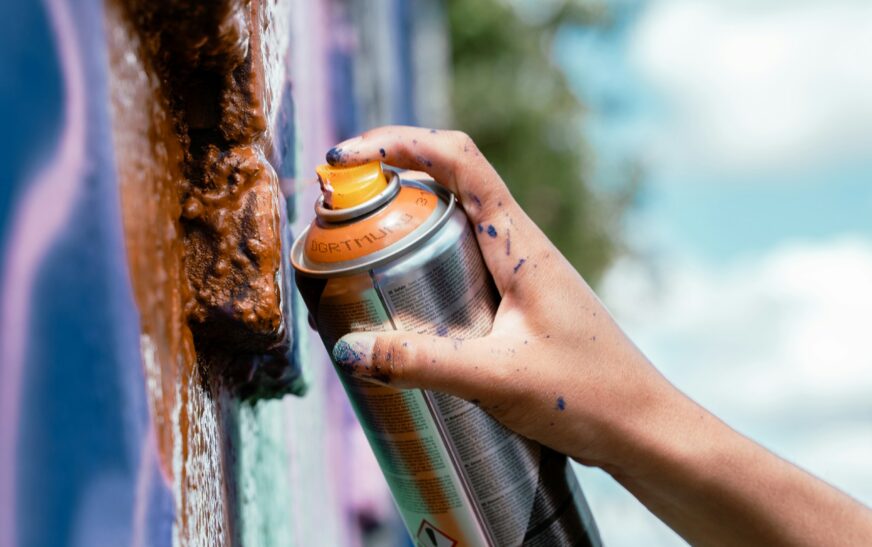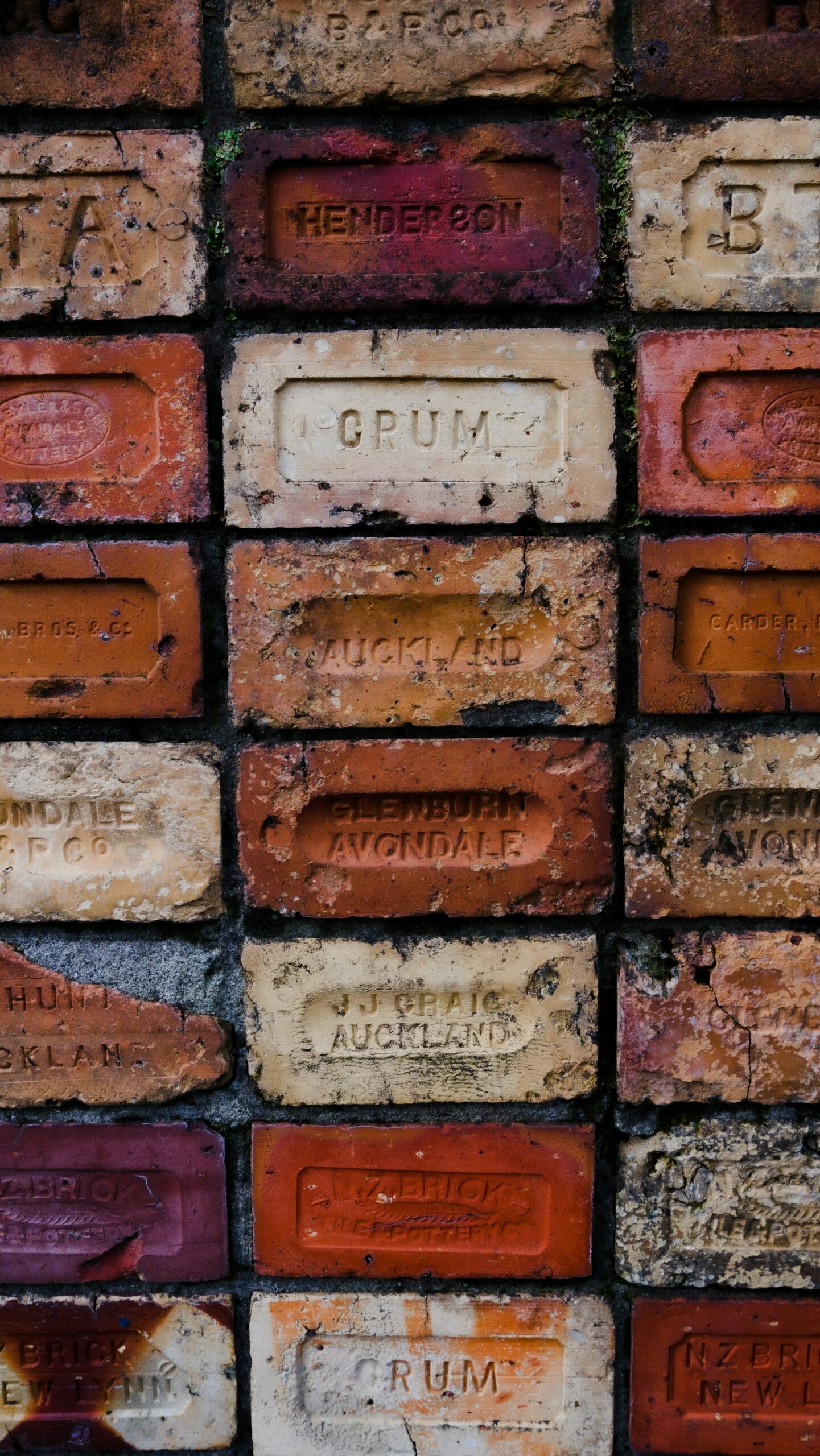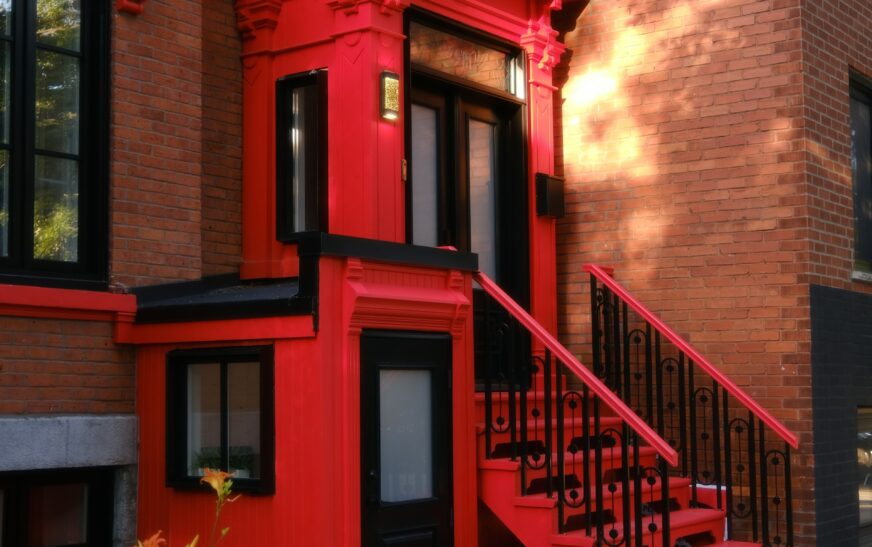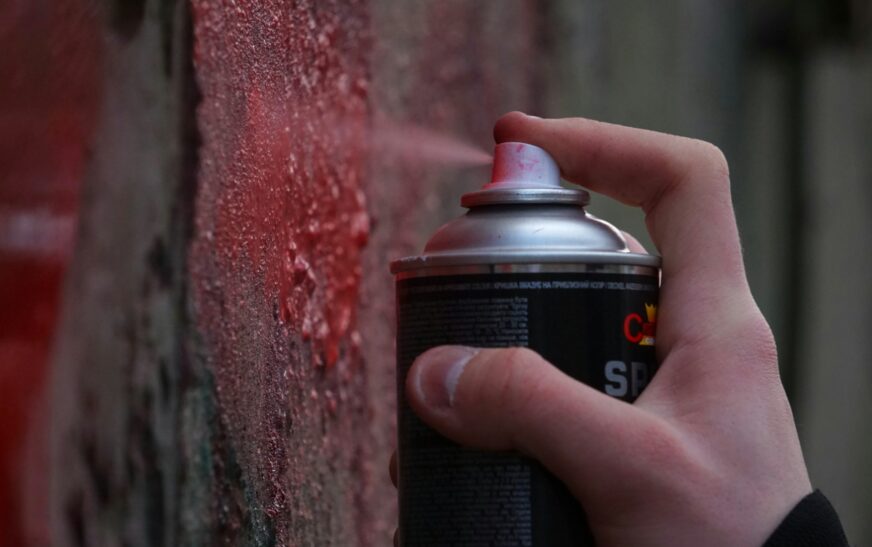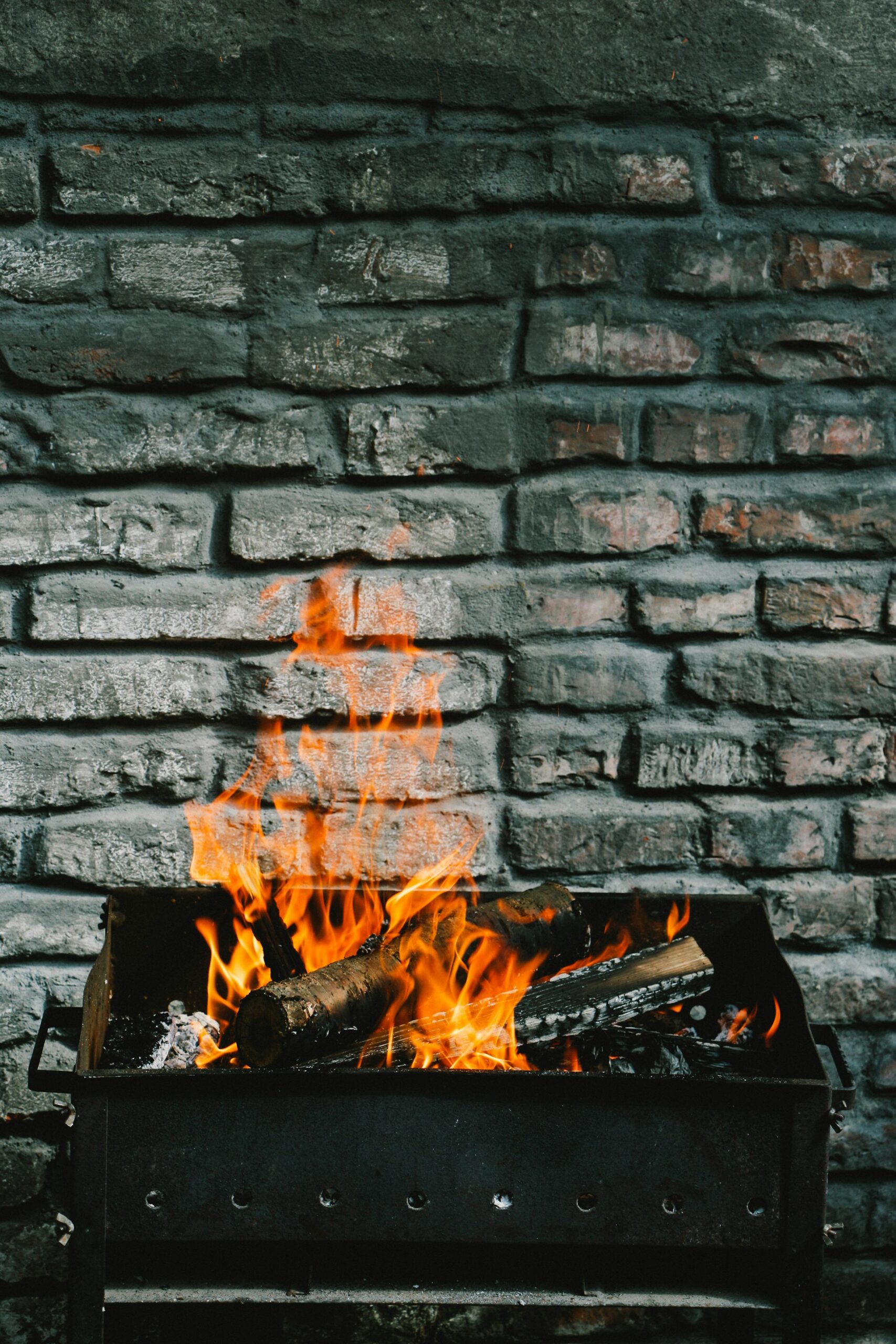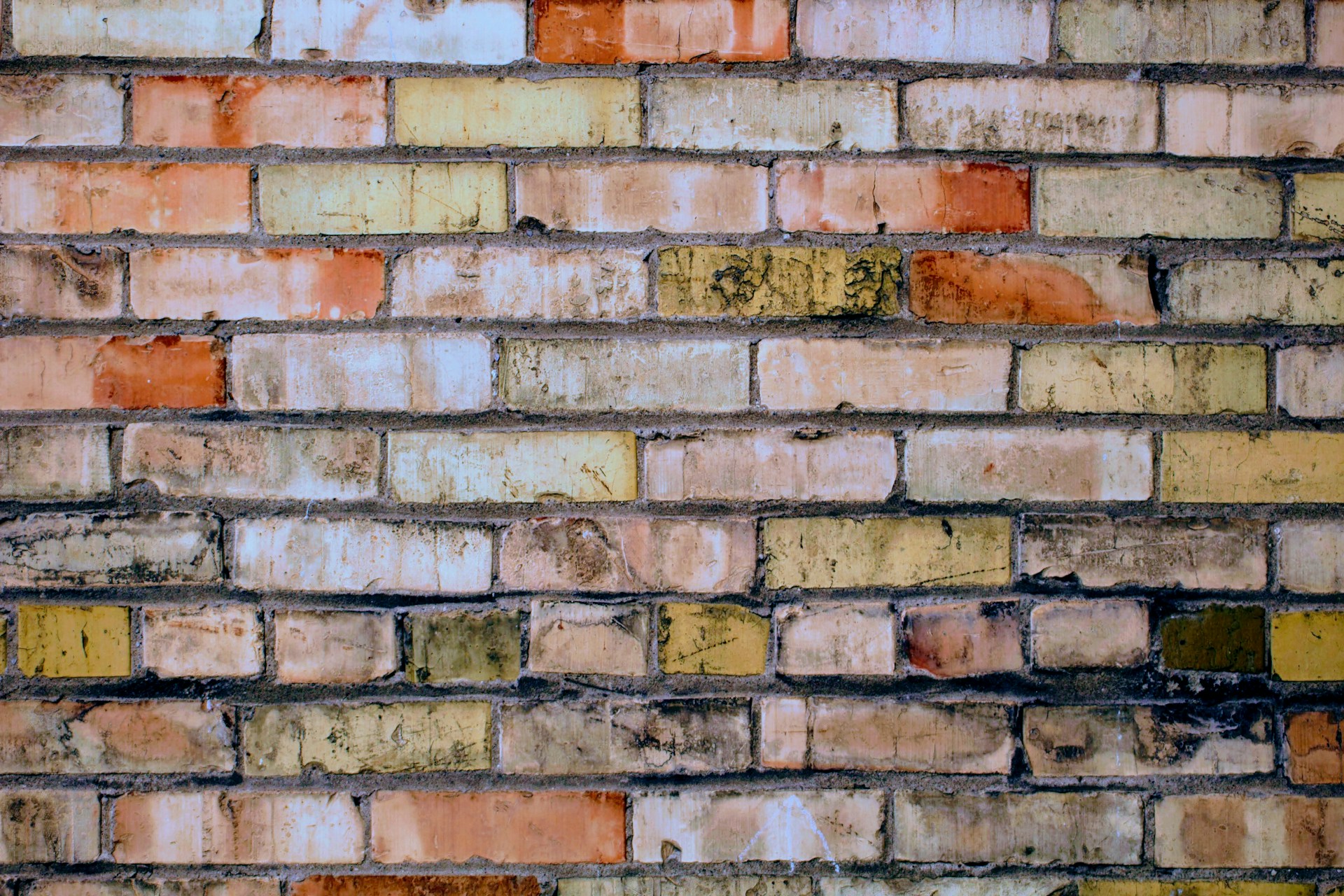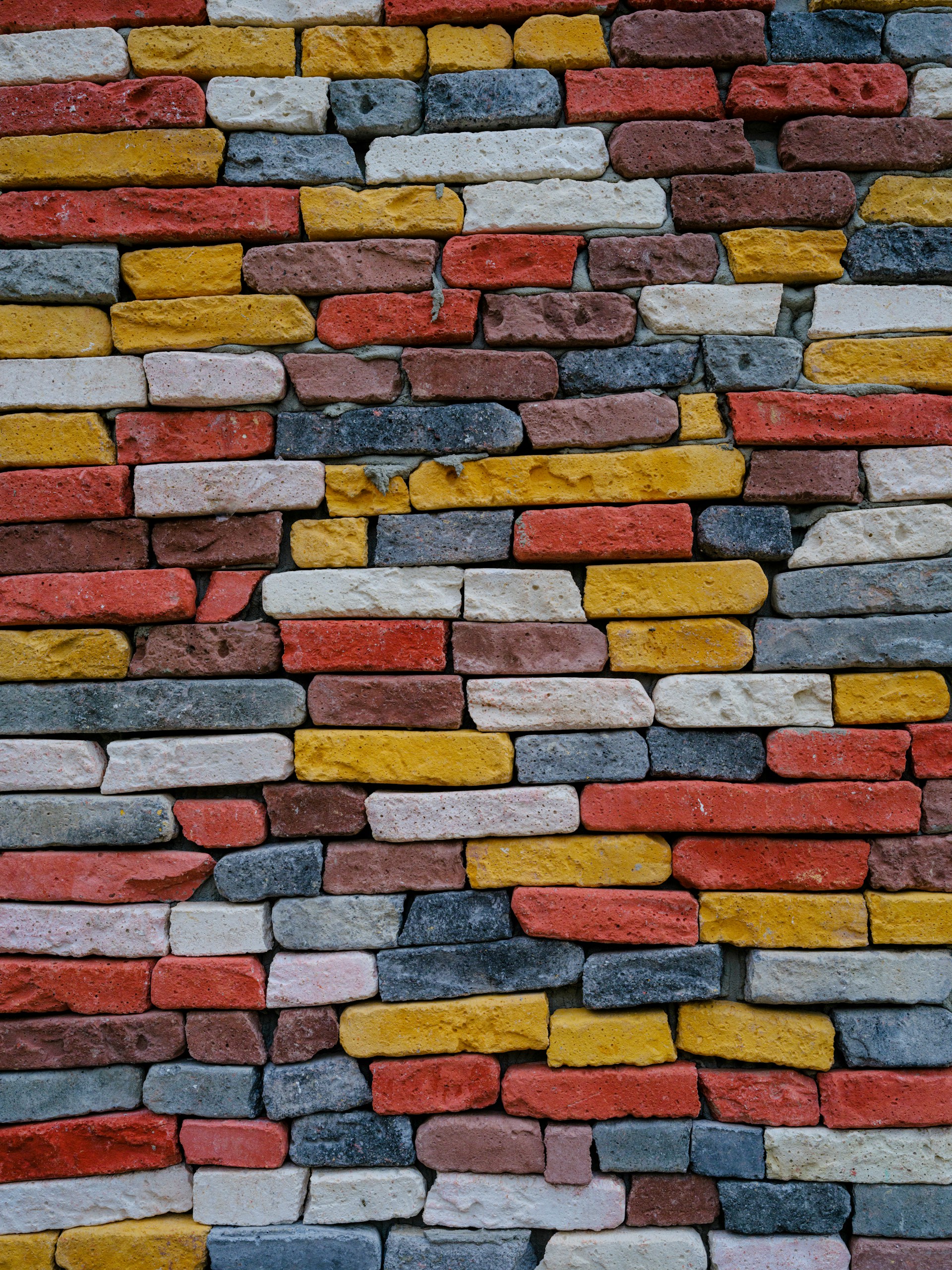Spray paint on brick isn’t just an eyesore—it’s a stubborn little intruder that seeps into every nook and cranny. Whether it’s the result of vandalism, an accidental overspray, or a DIY that went sideways, removing it requires more than just elbow grease. You’ll need method, patience, and the right materials.
Step 1: Assess the Surface
Not all brick is created equal, and your approach depends on its condition:
- Is the brick sealed or unsealed? Unsealed brick soaks up paint like a sponge.
- How long has the paint been there? Fresh paint is easier to remove than cured layers.
- Is the paint isolated or spread over a large area?
Older or softer bricks need gentler care, while new, hard-faced bricks can handle more aggressive techniques. Think of it like tailoring your strategy to the personality of your brick.
Step 2: Start Simple – Soap and Scrub
Before pulling out chemicals, try the gentle approach:
- Mix warm water with a mild detergent.
- Use a stiff nylon brush (metal can scar the brick).
- Scrub in small, controlled circular motions.
- Rinse thoroughly with clean water.
Don’t be surprised if it doesn’t remove everything—this step loosens surface paint and preps the brick for deeper treatment.
Step 3: Bring in Masonry-Safe Paint Remover
When soap won’t do the trick, a masonry-safe paint remover is your next step.
- Choose a gel or thickened formula that clings to vertical, textured surfaces.
- Apply evenly with a synthetic brush.
- Let it dwell for 30 minutes to a few hours so it can penetrate the paint.
- Always test on a small, inconspicuous area first.
Patience is key—scrubbing too soon only makes the paint fight back.
Step 4: Scrub, Rinse, and Repeat
After the remover has had time to work:
- Use a wire or heavy-duty nylon brush to scrub the area.
- For large patches, a low-pressure power washer can help—but avoid high pressure, which can erode mortar or chip bricks.
- Rinse thoroughly with water.
Spray paint often requires multiple applications, especially on rough, porous surfaces. Don’t rush—brick is forgiving only if you take your time.
Step 5: Use a Poultice for Deep-Set Stains
If paint has sunk deep into the brick, a poultice can be a game-changer:
- A poultice is a paste made from an absorbent material and a solvent that draws embedded paint out as it dries.
- Apply a thick layer over the stained brick.
- Cover with plastic to slow evaporation.
- Leave for 24–48 hours.
- Remove the dried paste and inspect the results.
This method is slow but extremely effective for historic or delicate masonry.
Step 6: Seal the Brick
Once clean, apply a breathable masonry sealer. This protects the brick without trapping moisture. Benefits include:
- Easier cleanup next time
- Resistance to future spray paint adhesion
- Longer-lasting brick
Think of sealing as your final line of defense.
Read More : How to Remove Spray Paint from Brick: Proven Methods That Work
Pro Tips and Things to Avoid
- Avoid metal scrapers or wire brushes on soft or weathered brick.
- Never use harsh acids like muriatic acid—they can permanently etch or discolor your brick.
- Don’t rely on high-pressure washing alone—it often drives paint deeper instead of removing it.
With patience, proper materials, and a methodical approach, your brick can look clean and fresh again—no permanent spray-paint scars required.

